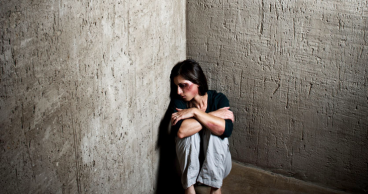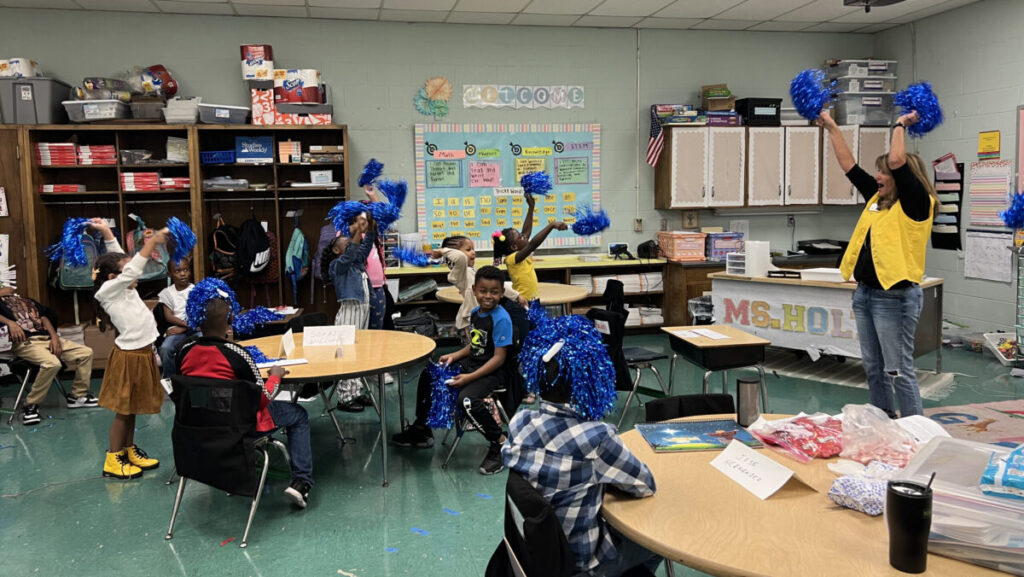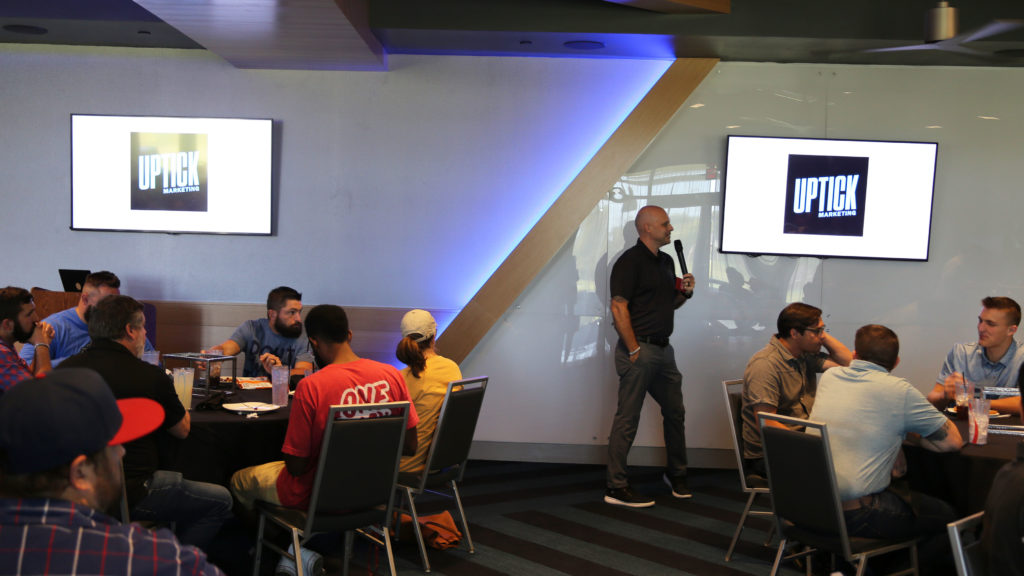When dad hits mom
Abby rushes home after picking up her son, Caleb, from school. She knows she only has an hour until her husband, Ron, gets home. Dinner has to be ready at exactly 5 p.m. — not a second later and no excuses. The family sits down to eat on time, but Ron takes one bite of mashed potatoes and gets that look on his face. He doesn’t like them. He utters an oath under his breath and hits Abby with his fist while their son watches in horror. Abby runs to the bathroom, and Caleb tries to follow. Ron yells at him to sit down. When Abby returns to the table, her jaw is red and beginning to swell. Later that night Caleb hears shouting down the hall and tiptoes to the living room. His mom is on the floor, begging his dad to stop hitting her. Caleb knows better than to interfere. He’s tried before, but his mom wants him to be safe — that’s what she said the first time he tried to help her. All he can do is watch and hope that his mom will be OK.
________________________________________________________________
Unfortunately scenarios like the one described above about Abby and Caleb are all too common.
Domestic violence can happen to anyone. It does not discriminate. Recent news stories have brought the issue to the forefront, and we have learned that even fame and fortune do not protect celebrities from it.
Domestic violence, also called intimate partner violence, is an uncomfortable topic because we are never quite sure what to do about our suspicions. But it happens more than we may realize, and it happens in families we might not suspect. In fact, there is no typical family of domestic violence. All races, ethnicities, socioeconomic classes and educational levels have individuals and families who have been touched by domestic violence.
According to the victim assistance organization Safe Horizon, 1 in 4 women will experience domestic violence in her lifetime. More than 3 million children will witness domestic violence in their home, and survivors and their children are likely to experience depression, lack of concentration, poor health and often homelessness as a result of the abuse.
Domestic abuse is not a single incident but rather a pattern of behaviors by one family member toward another, usually spouse to spouse. Domestic violence can include a variety of attacks, such as physical, sexual, psychological, emotional or economic. The abuser’s ultimate goal is to create an atmosphere of fear, and violence is used to maintain power and control over the victim.
Whether in a marital or dating relationship, the abuser uses coercion, intimidation and aggressiveness to instill fear in the victim. Examples of abusive behaviors could include physical harm, such as choking, slapping, name-calling or forcing sexual acts. An abuser might also inflict property damage, deny the victim access to money, isolate the victim from her friends and family and/or use guilt or shame to assert control in the relationship.
The abuser is often in denial, sometimes because of mental illness, family history or substance abuse. In any case, the abuser believes the behavior is acceptable. An episode of violence may be followed by a season of calm and a false sense of resolution with promises that it will not happen again. However, the pattern often repeats itself causing what professionals identify as the cycle of abuse.
When we hear about cases of domestic abuse, those of us who have not experienced such violence often think, “Why does she stay?” Family members and friends may even ask the question, but it is not that easy.
Changing reasons
There are many reasons a victim might stay, ranging from belief that the abuser will change, fear that things will be worse, lack of support, fear the children will be harmed or a desire to keep the family together. In many cases, the victim has low or no self-esteem and feels responsible for the abuse. Many women feel stuck and without hope, but leaving may be the difference between life and death.
In every case, leaving or even attempting to leave is risky. Safe Horizon reports that every year, 1 in 3 women who is a victim of homicide is murdered by her current or former partner. Some sources say that approximately 4,000 women die from domestic violence each year.
In some cases, it will take a woman up to seven attempts to leave an abusive relationship before she breaks free. Intense emotional and psychological control keeps the victim paralyzed. Leaving also affects financial realities, housing and sometimes care for children.
Individuals in abusive situations should remember this one thing, however: There is hope. Someone does care. If you or someone you know is in a domestic violence situation, you can:
- Visit or call the National Domestic Violence Hotline at 1-800-799-SAFE (7233) any time, day or night. You can review the warning signs of abuse and much more information at the organization’s website, www.thehotline.org. Alabama also has a state helpline at 1-800-650-6522.
- If your life is in danger, call 911. Teach children living in your home to do the same.
- Develop a safety plan for yourself, for children, for pets and during pregnancy.
- Take legal action. According to the National Domestic Violence Hotline, protection or restraining orders are available to set legal boundaries with the abuser and to assist in filing other criminal charges.
Call a local counselor
In addition, you can call a local counselor. Many counselors are trained in helping you through this difficult time. They can help network you with a local domestic violence shelter and think about the plans you might need to be making. If you are leaving a domestic violence situation, the counselor can help you develop a preparation plan, a leaving plan and an after-leaving plan, each with its own set of tasks and steps.
Ultimately a victim of domestic violence does not have to suffer in silence. Change happens when a victim begins to talk about the violence. If you find yourself in this situation, you must not allow it to continue.
The first step is to share your hurts and fears with one person. That one person could make all the difference in you finding the help you need.






Share with others: